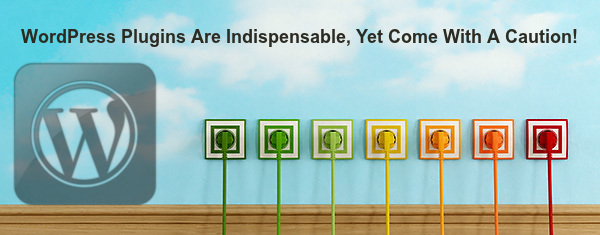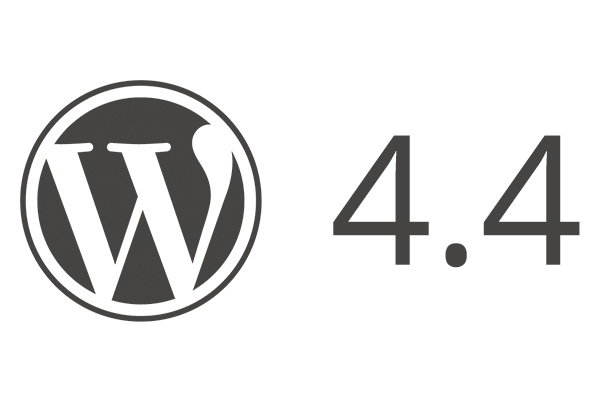
No one can deny the fact that one of the most crucial factor why WordPress has retained its position since past 12 years is because it is a highly adaptable platform that has the capability to adapt new functionalities easily. The credit goes adroit WordPress developers who have developed incredible plugins that have takes the functionalities of a regular CMS platform to a new level. However, as we know that excess of everything is bad, thus we need to maintain quite a good balance while picking up the right number of plugins for your website. Why there should be a limit? Well as such there is no limit as one of the WP users have reported that they have used around 637 plugins in their website which is I guess way too much. But there is a limit to it and to know why we need to delve deeper to get to know the working of plugins. Plugins do effect the backend as well as front end of your website. This implies that they render functions that can be utilized by a admin of a site for instance SEOs, analytics, backups and more and also helps the site owners to add features that can be helpful for the visitors such as widgets, slider or font customization. This is the reason why plugins impact performance of a site in two different ways such as they add additional database queries and HTTP requests. More importantly your Database Queries Apart from this there







